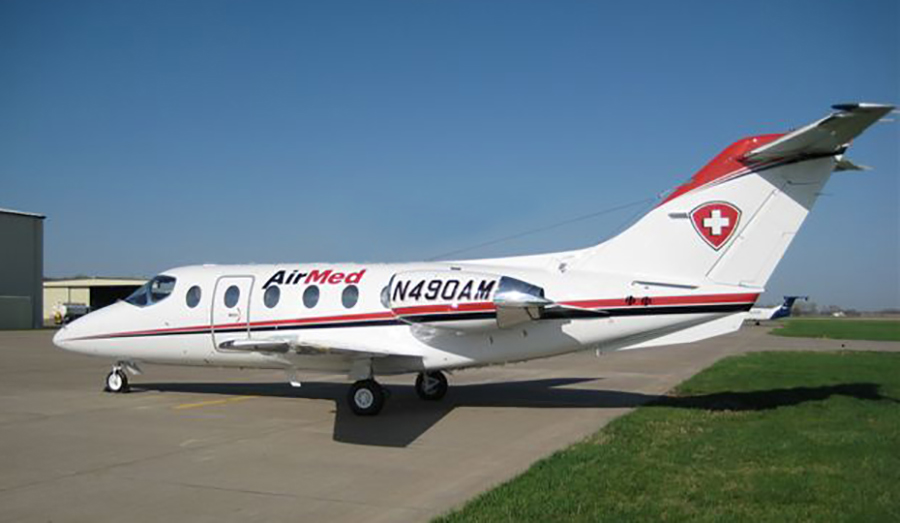7 Major Tips for Bariatric Patient Air Transport

Posted on September 29, 2018
Tips for finding effective ways for the medical transportation of bariatric patients.
One third of the US population is affected by obesity. It is characterized as excess of body fat or 100 pounds over ideal body weight. Transporting bariatric patients can be very challenging for air medical transportation team if they do not have the required training, experience or understanding of the special needs of bariatric obese patients. Bariatric patient transport has to be preplanned, with special arrangements to be made for scene management, dispatching procedures and receiving hospital arrangement.
The first step that requires consideration and special arrangements to be made is the retrieving of bariatric patients from wherever they are. This could be a remote location, crushed vehicle or difficult residential block. The logistic needs of bariatric patients may present numerous challenges which the team should be able to manage effectively without wasting time. It makes the need for preplanning and drilled protocols all the more important, whereby obstacles along the transportation pathway should be considered for a smooth bariatric patient transport. There could be a possibility where special assistance might be required for extracting, lifting and transporting a bariatric patient. It is therefore important that the repatriation team has full knowledge of the bariatric obese patient's condition, position and location along with their health details.
There is also a need to maintain the dignity of the patient. In cases where clothing of the patient has to be removed or is not available, there should be a special large gown available, along with sheets and blanks.
It is important to have a loading system in place, along with the dimensions of the aircraft or any vehicle to be fit for the easy loading of such patients. On-boarding of such patients would require wider doors for the large girth of such patients to be easily accommodated. This will also require adjusting number personnel based on the weight limitations of different vehicles.
It is possible that standard immobilization equipment and stretchers may not accommodate the bariatric obese patient; necessitating arrangements to be made prior to transport. However, regardless of the method, the team should ensure that the c-collar is not tight enough to restrain the blood flow. If this method is not effective, then the team may have to reply on towels and sandbags for effective immobilization.
It is imperative that the same stretcher goes along the bedside of bariatric obese patients to avoid bringing discomfort; preferably with monitoring equipment attached. Moreover, bariatric patients may require extra padding to eliminate the risk of decubitus.
Patients on CPAP or BiPAP may suffer from sleep apnea. This indicates that when the patient is supine, excessive soft tissues obstruct the airway. This along with chest excursion due to excess weight, would require the patient to be placed in trendelenburg position.
Need for intravenous access has to be considered prior to transport. Long-length IM needles are needed to deliver medication to the right area. Needle decompression of the chest will require the same.
For initial assessment, standard blood pressure cuffs may not be useful, requiring a size that is roughly two-thirds of the upper arm, with a large enough diameter. Also, auscultation may be difficult, requiring a Doppler.
IV administration would be required with the dose adjusted according to medications administered to bariatric patients. Drugs that may have cardiovascular depressant effects should be administered with caution during bariatric patient transport.
Bariatric patients may also be at a risk of a fat emboli due to the changes in pressure, requiring oxygen administration. Sedation or pain medication may also need to be given to bariatric patients to ease their anxiety.
Most importantly, effective communication with the receiving hospital should be made in a timely and professional manner. This phase should be given special consideration, as not all hospitals can readily assist bariatric patients. The need for special equipment has to be considered when choosing a facility.